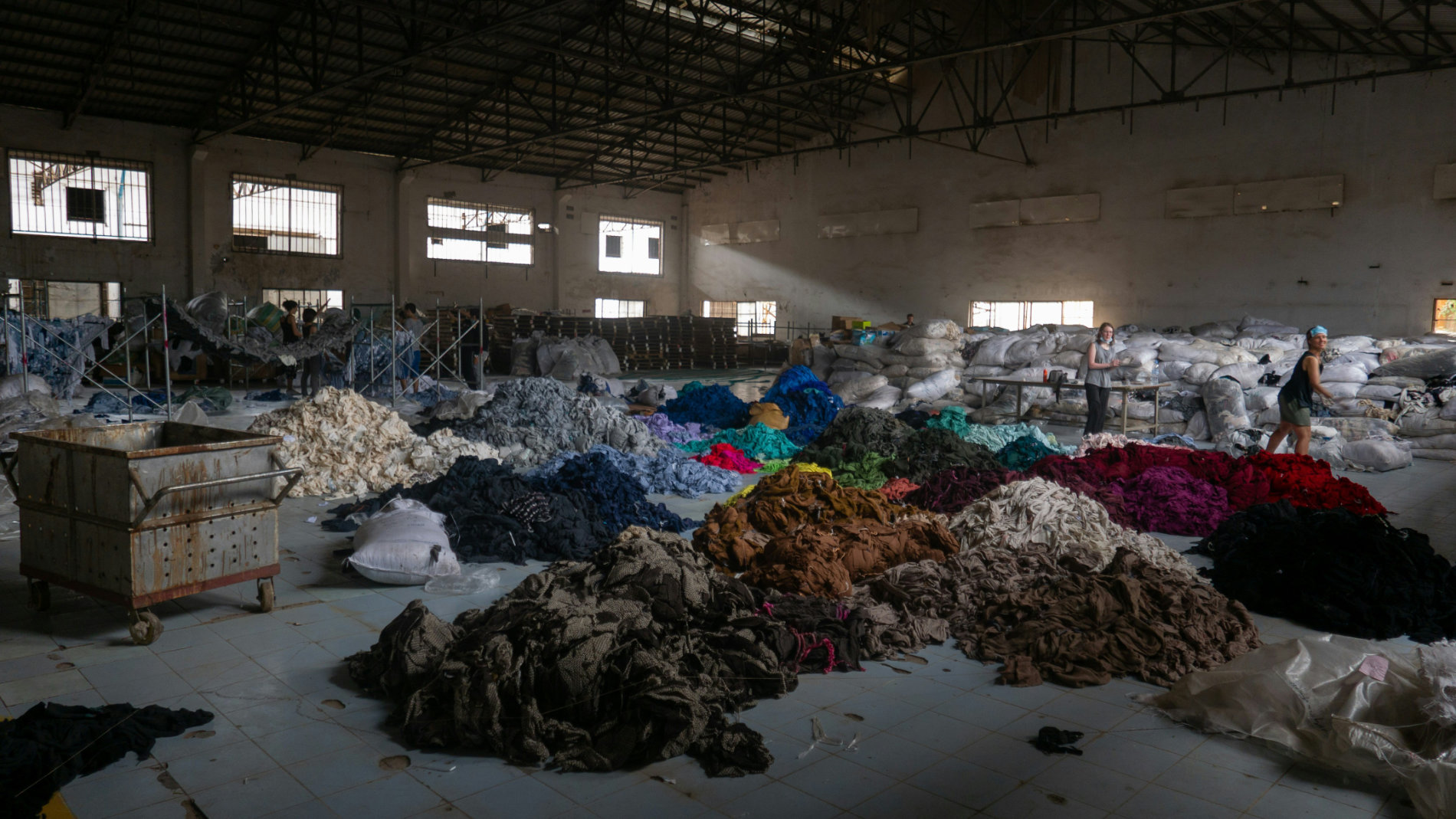The European Waste Framework Directive requires all EU member states to set up separate collection systems for used textiles from 2025. According to the European Environment Agency (EEA), more than half of the member states have already introduced an obligation for the separate collection of textiles. In its latest report, the EEA describes the current situation regarding the generation, collection and classification of textile waste in the EU and identifies factors that will have to be taken into account when implementing separate collection systems to promote the circularity of textiles.
The EEA estimates that around 6.95 million tonnes of textile waste was generated within the European Union in 2020. This corresponds to around 16 kg per capita, three quarters of which (11.6 kg) was disposed of as residual waste and thus largely incinerated. 82 % of all textile waste was post-consumer waste, which came from consumers. The rest came from textile production or unsold textiles, referred to as pre-consumer waste. So far, the EEA only has minimal data on this. An estimated 4 to 9 % of all textile products placed on the market in Europe are destroyed before their intended use.
According to Sanna Due, another decisive factor is that, “Production and handling of clothing, footwear, and household textiles purchased in the EU in 2020 caused on average about 270 kg of CO₂ equivalent emissions per person. This consumption category has the fifth highest emissions after housing, food, transport, and recreation. Therefore, while diverting textile waste from incineration would have some impact, the most substantial CO₂ savings would come from decreasing the demand for new textiles in the first place.”
[1] Source: Thapa, K., et al., 2023, ‘Ultimate producer responsibility for e-waste management–A proposal for just transition in the circular economy based on the case of used European electronic equipment exported to Nigeria’, Business Strategy & Development 6(1), pp.
Serie: Waste or wasted?
About the series
The textile industry has a waste problem. Fashion and home textiles have become mass-produced goods in recent decades and are therefore disposed of with corresponding frequency. While too many textiles become waste even before they are sold, many consumers do not know how to dispose of used textiles in the most environmentally friendly way possible.
What happens to textiles after they have been disposed of? And how can textile waste management be integrated into a circular economy?
In our "Waste or wasted?" series, we present the current situation regarding the handling of textile waste and present solutions for counteracting this detrimental trend.
